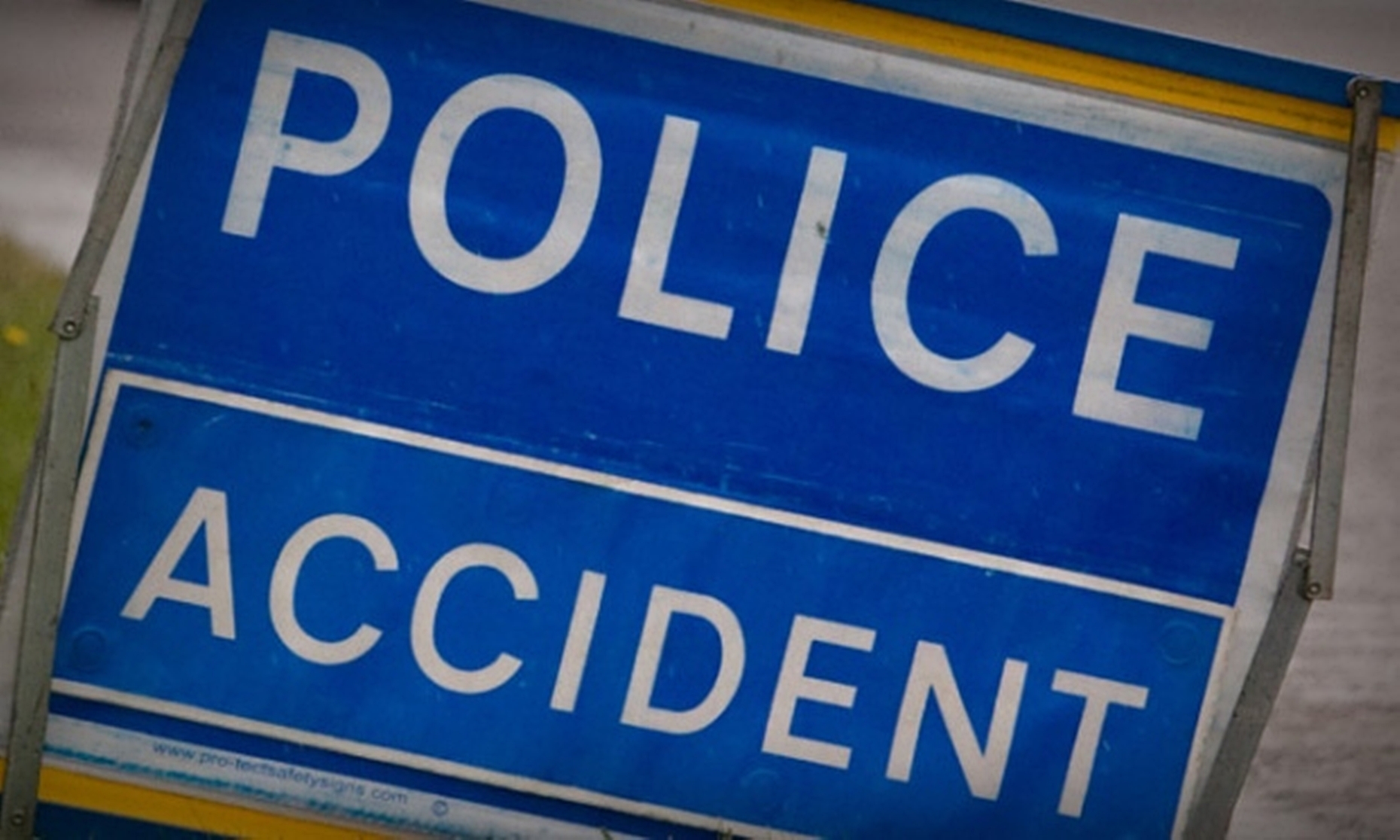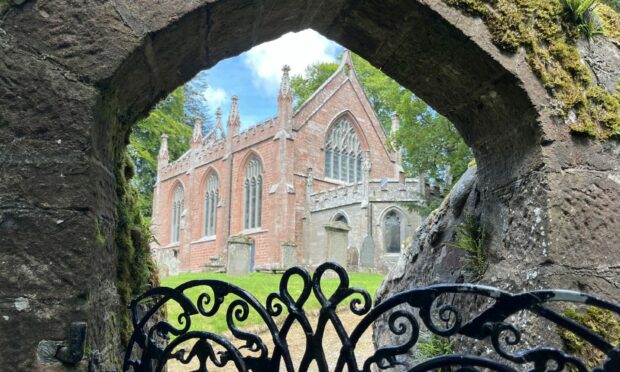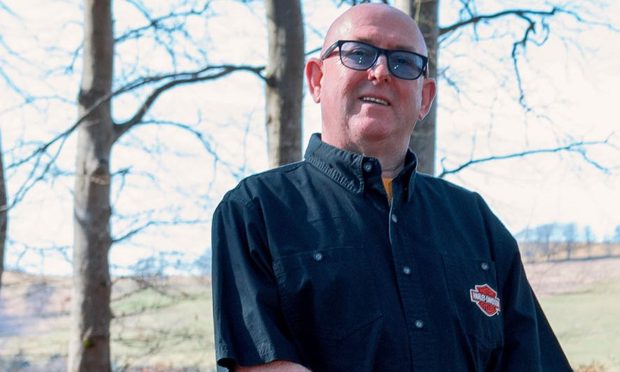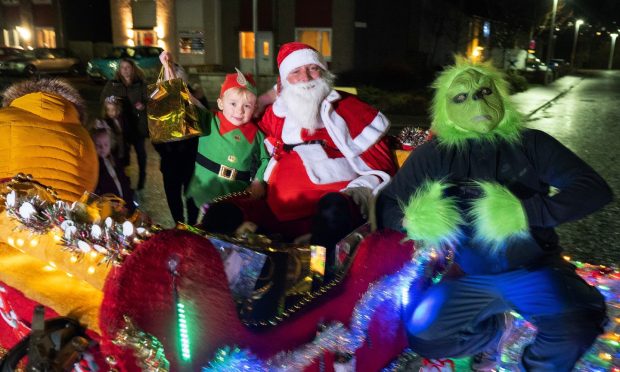Cash-strapped councils in Courier Country have racked up a £1.1m road crash bill over the past two years.
The amount that local authorities forked out to repair damage caused by road crashes involving council vehicles was revealed following a Courier investigation.
The largest bill was in Fife where 693 incidents happened in 2015/16 with repair costs of £281,457 which dropped to 667 accidents costing the taxpayer £200,735 last year.
There were 290 crashes in Perth and Kinross last year costing £127,875 which was down from 324 accidents which cost £137,717 during the previous 12 months.
Angus recorded 152 claims in 2015/16 which cost £78,984 which dropped to 124 accidents last year where repairs cost £71,235.
North East Scotland Conservative MSP Liam Kerr said: “Any business will tell you that accidents happen, and there will be a bill to pay for damage to vehicles.
“But council taxpayers will rightly ask questions about damages running beyond £1 million.
“I appreciate there are a large number of vehicles, but Fife reported almost 700 accidents in a year, which is not far off two every week – that seems excessive, to say the least.
“Council drivers should be trained to the highest possible standards and organisations should always be working to minimise the number of incidents.
“Given the pressure on local government budgets due to SNP cuts, this repair bill is another drain on finances that councils could well do without.”
Road safety charity Brake spokesman Zariaat Masood said organisations that employ people who drive for work “have a duty of care to ensure their drivers are safe”.
He said: “It’s reassuring to hear the councils are investing in technology to improve these areas, and we would encourage them to continue working with their drivers to ensure there is a culture that considers road crashes an unacceptable risk, and prioritises safety.”
In Dundee there were 167 accidents last year which cost the taxpayer £119,424 which was down from 218 crashes the previous year which landed the local authority a bill for £170,736.
An Angus Council spokesman said: “While numbers of such incidents will fluctuate, it is encouraging to see that figures reduced on the previous year, as we take everyone’s road safety very seriously.
“The vast majority of the claims made related to our own vehicles and were for damage only.
“None involved anyone being seriously injured.
“Training is provided for our drivers as required by each service.
“Staff are aware of their responsibilities as road users when using a council vehicle.”
A Dundee City Council spokeswoman said every incident is investigated and “the appropriate action is taken”.
She added: “We use several methods, including 360 degree cameras, vehicle telematics devices and larger vehicle assessments, to protect our employees and improve driving standards.”
Perth and Kinross Council said: “Any officer using a council vehicle is expected to take all reasonable actions to avoid accidents and damage being caused to the vehicle.”
Fife Council’s Risk Management team leader Avril Sweeney commented: “The council continually reviews processes, accident and claim information to see where there may be areas we can improve.
“We have a number of driver trainers and a variety of driver training is undertaken regularly.
“We use vehicle tracking information where possible and any new vehicle coming into the fleet is assessed to see what safety devices can be fitted to assist the driver and reduce accidents.
“A number of vehicles have cameras and some have 360 degree camera systems that can record any incident.
“This assists in accident investigation to see what lessons can be learned.
“The council currently has approximately 1,600 vehicles in its fleet.”










